Home>Interior Design>How To Get Rid Of Cockroaches Naturally: 5 Remedies To Keep Them Out
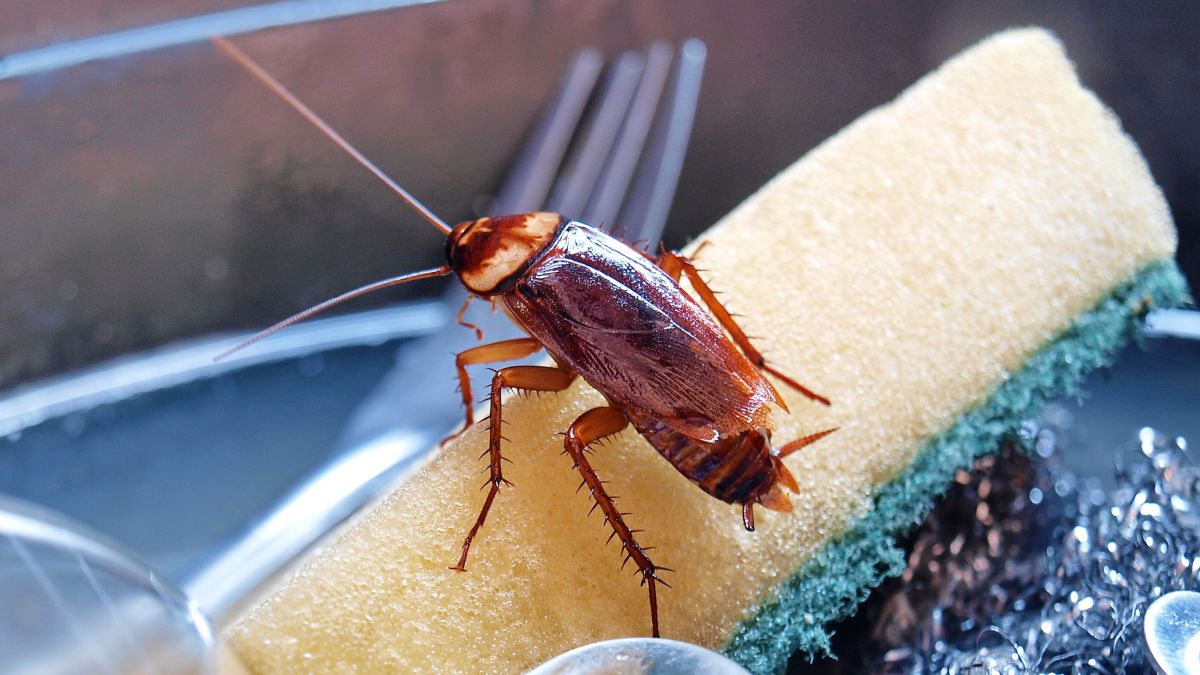

Interior Design
How To Get Rid Of Cockroaches Naturally: 5 Remedies To Keep Them Out
Modified: January 19, 2024
Discover 5 natural remedies to keep cockroaches out of your home with our interior design tips. Say goodbye to pests for good!
(Many of the links in this article redirect to a specific reviewed product. Your purchase of these products through affiliate links helps to generate commission for Storables.com, at no extra cost. Learn more)
Introduction
Welcome to the battle against one of the most resilient pests known to humankind: cockroaches. These pesky creatures have a knack for invading our living spaces, causing distress and discomfort. However, fear not, for there are natural remedies that can help you keep them at bay without resorting to harsh chemicals. In this article, we’ll explore five effective methods to repel cockroaches using simple, natural ingredients that are safe for you, your family, and the environment.
Before we dive into the remedies, it’s important to understand why cockroaches are such formidable foes. These nocturnal insects thrive in warm, humid environments and are attracted to sources of food and water. They can enter homes through tiny cracks and crevices, making it challenging to keep them out. Once inside, they can contaminate food, trigger allergies, and even spread diseases. Therefore, it’s crucial to take proactive measures to deter these unwelcome guests from infiltrating your living spaces.
While commercial pesticides and traps are readily available, they often contain harmful chemicals that pose risks to human health and the ecosystem. Fortunately, there are natural alternatives that can effectively repel cockroaches without compromising your well-being. By harnessing the power of essential oils, household ingredients, and natural repellents, you can create a hostile environment for cockroaches, making your home an unwelcome place for them to inhabit.
So, if you’re ready to reclaim your home from these resilient pests using safe and natural methods, let’s explore five remedies that will help you keep cockroaches at bay, ensuring a clean and peaceful living environment for you and your loved ones.
Key Takeaways:
- Natural remedies like peppermint oil, diatomaceous earth, and catnip can effectively repel cockroaches without harmful chemicals, creating a safer and more pleasant living environment for you and your family.
- Simple household ingredients like baking soda and bay leaves can be used to create natural cockroach repellents, providing a non-toxic and effective solution for controlling infestations and keeping your home pest-free.
Peppermint Oil
Peppermint oil is a versatile essential oil with a refreshing aroma that humans love, but cockroaches detest. Its strong scent acts as a natural repellent, making it an effective and pleasant way to keep these unwanted visitors out of your home.
To create a peppermint oil cockroach repellent, simply mix 10-15 drops of peppermint oil with 8 ounces of water in a spray bottle. Shake the bottle well to ensure the oil is evenly distributed in the water. Once mixed, spray the solution around entry points, such as doors, windows, and any cracks or gaps where cockroaches may enter. Additionally, you can apply the solution to areas where cockroaches are likely to hide, such as behind appliances and under sinks.
The strong scent of peppermint oil disrupts the cockroaches’ ability to detect food sources and navigate their environment, effectively driving them away from your living spaces. Furthermore, the natural properties of peppermint oil make it a safer alternative to chemical insecticides, especially if you have children or pets in your home.
Another way to harness the power of peppermint oil is to soak cotton balls with the oil and place them strategically around your home. Focus on areas where cockroaches are commonly found, such as kitchen cabinets, bathroom corners, and near garbage bins. The scent released from the cotton balls will create an inhospitable environment for cockroaches, encouraging them to seek shelter elsewhere.
By incorporating peppermint oil into your pest control routine, you can enjoy a fresh, minty aroma in your home while effectively deterring cockroaches. This natural approach not only safeguards your family and pets from harmful chemicals but also contributes to a more pleasant and inviting living environment.
Diatomaceous Earth
Diatomaceous earth is a natural and versatile substance that can be used to combat a variety of pests, including cockroaches. This powdery substance is composed of fossilized remains of diatoms, a type of hard-shelled algae, and is widely recognized for its abrasive properties that can effectively eliminate cockroaches while being safe for humans and pets.
To use diatomaceous earth as a cockroach repellent, begin by identifying areas where cockroaches are likely to travel or hide, such as behind appliances, along baseboards, and in dark, secluded spaces. Once these areas are identified, lightly dust a thin layer of diatomaceous earth in these locations. When cockroaches come into contact with the powder, it adheres to their exoskeleton, causing abrasions that lead to dehydration and ultimately, their demise.
Unlike chemical pesticides, diatomaceous earth poses no threat to humans or pets, making it a safe and eco-friendly pest control solution. However, it’s important to use food-grade diatomaceous earth, as other forms may contain additives that can be harmful if inhaled or ingested. When applying the powder, it’s advisable to wear a protective mask to prevent inhalation of the fine particles.
One of the advantages of using diatomaceous earth is its long-lasting effectiveness. Once applied, it remains potent as long as it stays dry, providing continuous protection against cockroaches and other crawling insects. Additionally, diatomaceous earth can be used as a preventive measure, creating a barrier that deters cockroaches from entering your living spaces in the first place.
When using diatomaceous earth as a cockroach repellent, it’s important to reapply the powder after cleaning or if it becomes damp to maintain its efficacy. By incorporating this natural and non-toxic substance into your pest control strategy, you can effectively combat cockroaches while promoting a safe and healthy environment for your family and pets.
Seal up any cracks and crevices in your home to prevent cockroaches from entering. Use caulk or weather stripping to close off any potential entry points.
Baking Soda and Sugar
Combining baking soda and sugar is an effective and natural way to eliminate cockroaches from your home. This homemade bait exploits the cockroaches’ attraction to sugar while using baking soda to eradicate them without posing any harm to humans or pets.
To create the bait, mix equal parts of baking soda and sugar in a shallow dish or jar lid. The sugar serves as an enticing attractant, luring cockroaches to the bait, while the baking soda acts as a lethal agent. When cockroaches consume the mixture and ingest the baking soda, it reacts with the acids in their digestive systems, causing internal disruptions that lead to their demise.
Place the bait in areas where cockroaches are frequently spotted, such as under sinks, behind appliances, and in dark corners. It’s important to ensure that the bait is out of reach of children and pets, as the baking soda, while harmless to humans in small quantities, can be harmful if ingested in large amounts.
One of the advantages of using this natural bait is that it can also help to eliminate cockroaches’ nests. When cockroaches consume the mixture and return to their nests, the baking soda can continue to disrupt their population, making it an effective long-term solution for controlling infestations.
Moreover, this natural cockroach bait is a safer alternative to chemical pesticides, reducing the risks associated with toxic substances in your living spaces. By using simple household ingredients, you can effectively combat cockroaches while promoting a healthier and safer environment for your family.
When using baking soda and sugar as a cockroach repellent, it’s important to monitor and replenish the bait regularly, especially after cleaning or if the mixture becomes damp. By incorporating this natural and non-toxic solution into your pest control routine, you can effectively manage cockroach infestations while maintaining a safe and healthy living environment.
Bay Leaves
Bay leaves, commonly used as a culinary herb to add flavor to dishes, also possess natural repellent properties that can help deter cockroaches from infesting your home. These aromatic leaves contain compounds that cockroaches find unpleasant, making them an effective and natural deterrent for these resilient pests.
To utilize bay leaves as a cockroach repellent, strategically place them in areas where cockroaches are likely to hide or travel. This can include kitchen cabinets, pantry shelves, and behind appliances. The strong aroma emitted by the bay leaves interferes with the cockroaches’ senses, discouraging them from inhabiting these areas.
One effective method is to place whole bay leaves inside kitchen containers and storage areas where food is kept. The pungent scent of the bay leaves permeates the surrounding space, creating an environment that cockroaches find inhospitable. Additionally, scattering bay leaves in dark, secluded corners and crevices can help deter cockroaches from nesting in these areas.
Another way to harness the repellent properties of bay leaves is to crush them into a fine powder and sprinkle it in areas where cockroaches are prevalent. This releases a more potent aroma, intensifying the deterrent effect on these pests. The natural and non-toxic nature of bay leaves makes them a safe alternative to chemical insecticides, particularly in areas where food is stored or prepared.
When using bay leaves as a cockroach repellent, it’s important to replace them periodically, as their potency diminishes over time. By incorporating bay leaves into your pest control strategy, you can effectively deter cockroaches while adding a pleasant aroma to your living spaces, creating a more inviting and pest-free environment for you and your family.
Catnip
While catnip is well-known for its effect on felines, it also possesses natural repellent properties that can be harnessed to deter cockroaches from invading your home. The active compound in catnip, nepetalactone, acts as a natural insect repellent, making it an effective and non-toxic solution for controlling cockroach infestations.
To utilize catnip as a cockroach repellent, you can create a simple and natural deterrent spray. Begin by steeping catnip leaves in hot water to create a potent infusion. Once the infusion has cooled, transfer it to a spray bottle and apply it to areas where cockroaches are likely to hide or enter, such as baseboards, entry points, and dark corners. The strong scent of catnip disrupts the cockroaches’ sensory receptors, deterring them from inhabiting these spaces.
Another method is to strategically place small sachets of dried catnip in areas where cockroaches are prevalent. These can include kitchen cabinets, under sinks, and near garbage bins. The pungent aroma emitted by the catnip creates an environment that cockroaches find unpleasant, encouraging them to seek refuge elsewhere.
Additionally, you can plant catnip in your garden or in pots near entry points to create a natural barrier that deters cockroaches from entering your home. The robust and fast-growing nature of catnip makes it an excellent addition to your pest control strategy, providing a sustainable and natural solution for deterring these resilient pests.
When using catnip as a cockroach repellent, it’s important to refresh or replace the sachets or sprays regularly to maintain their potency. By incorporating catnip into your pest control routine, you can effectively deter cockroaches while promoting a safe and natural living environment for you and your family.
Frequently Asked Questions about How To Get Rid Of Cockroaches Naturally: 5 Remedies To Keep Them Out
Was this page helpful?
At Storables.com, we guarantee accurate and reliable information. Our content, validated by Expert Board Contributors, is crafted following stringent Editorial Policies. We're committed to providing you with well-researched, expert-backed insights for all your informational needs.

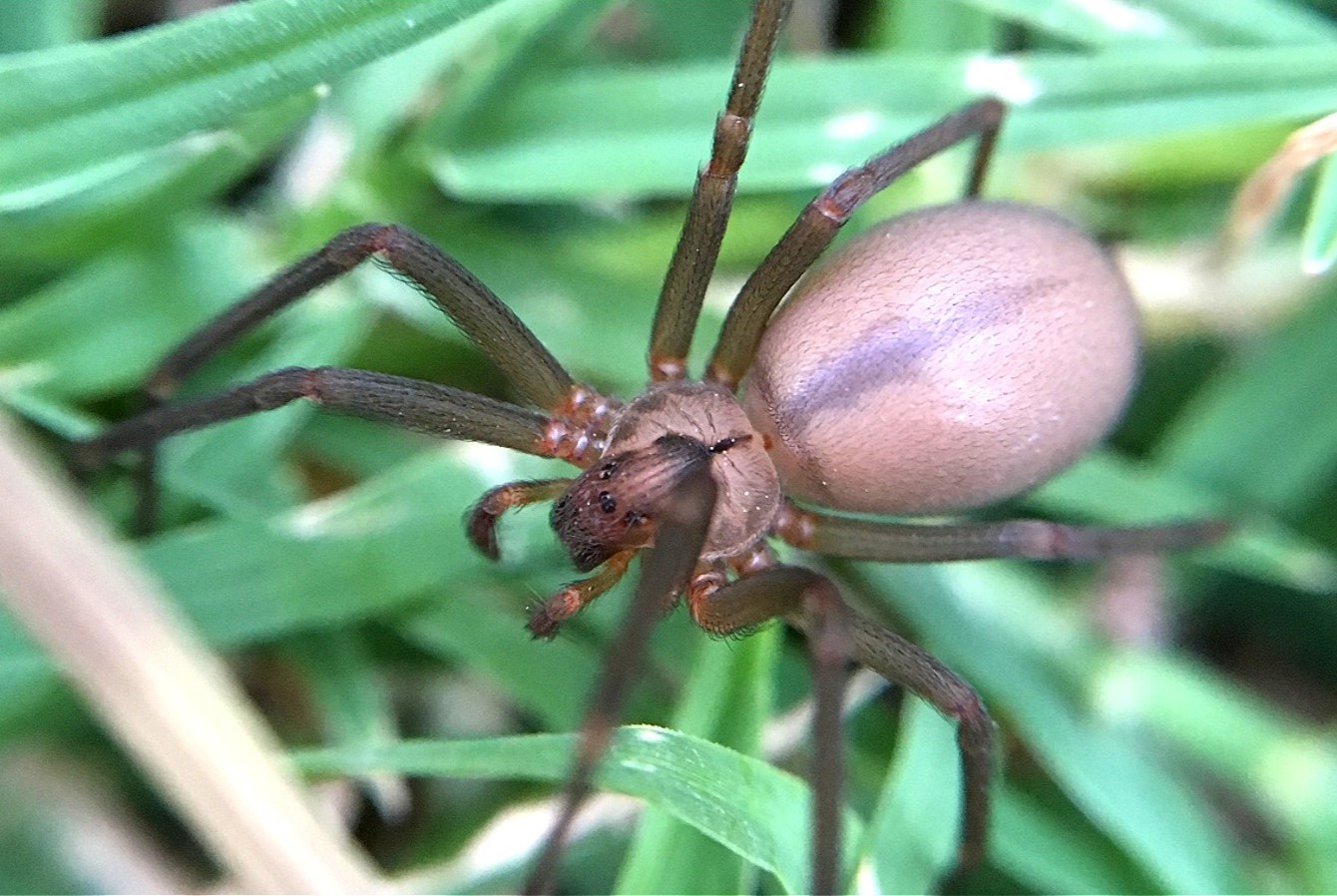
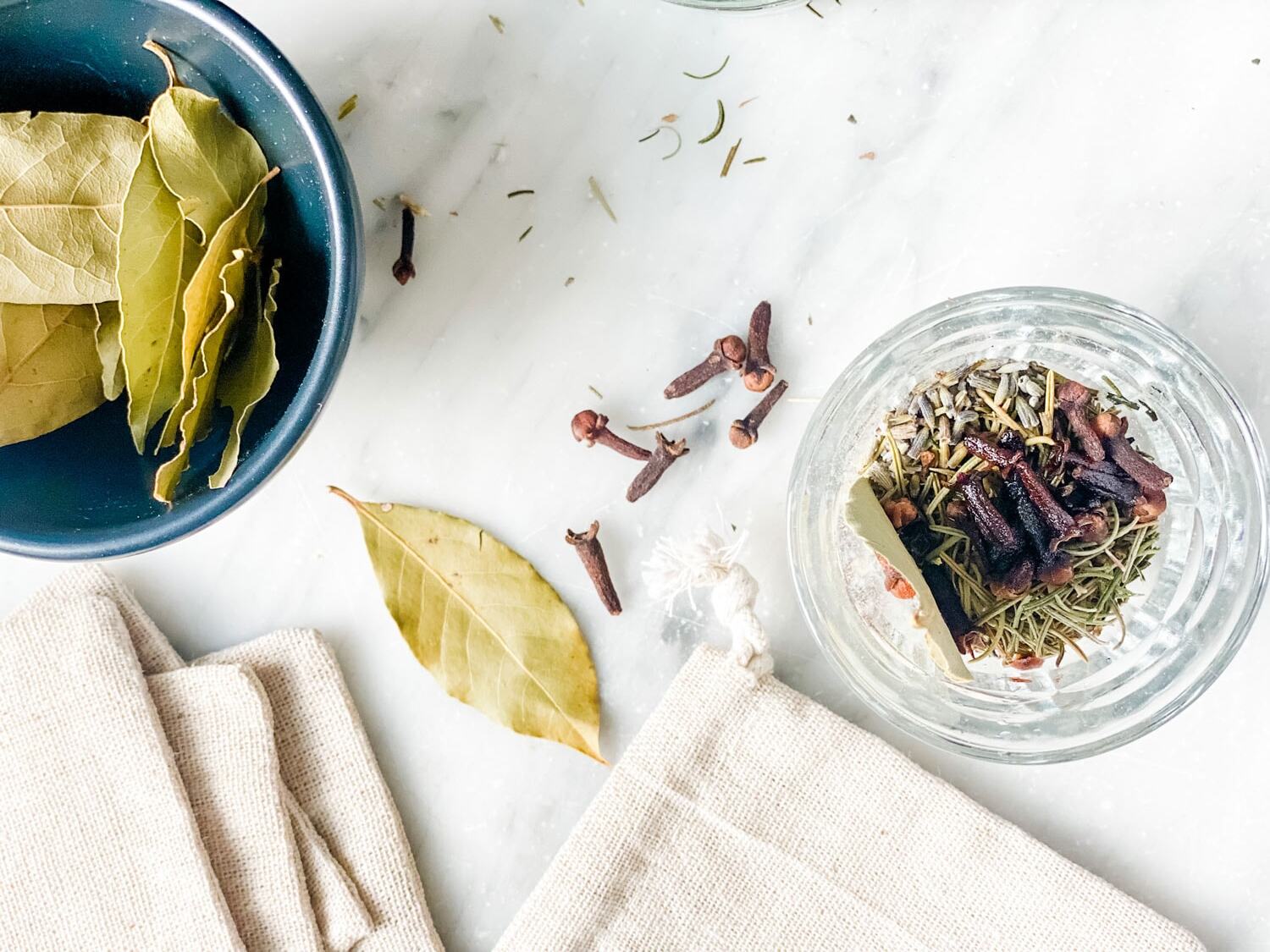
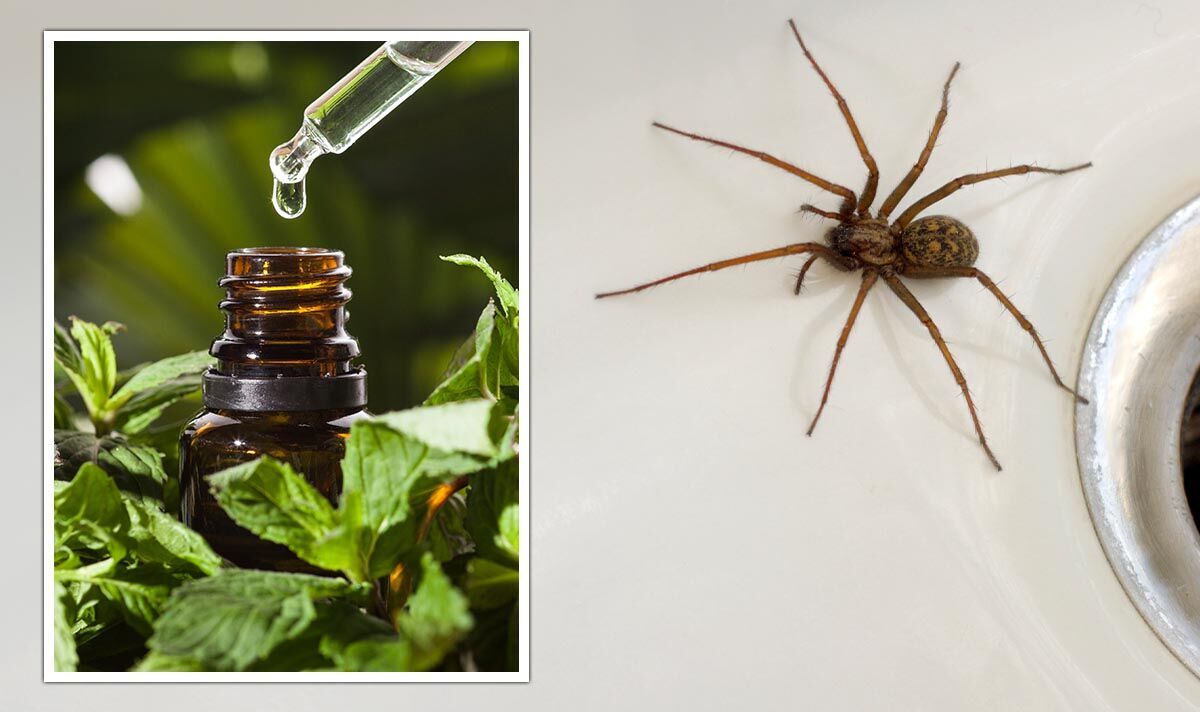









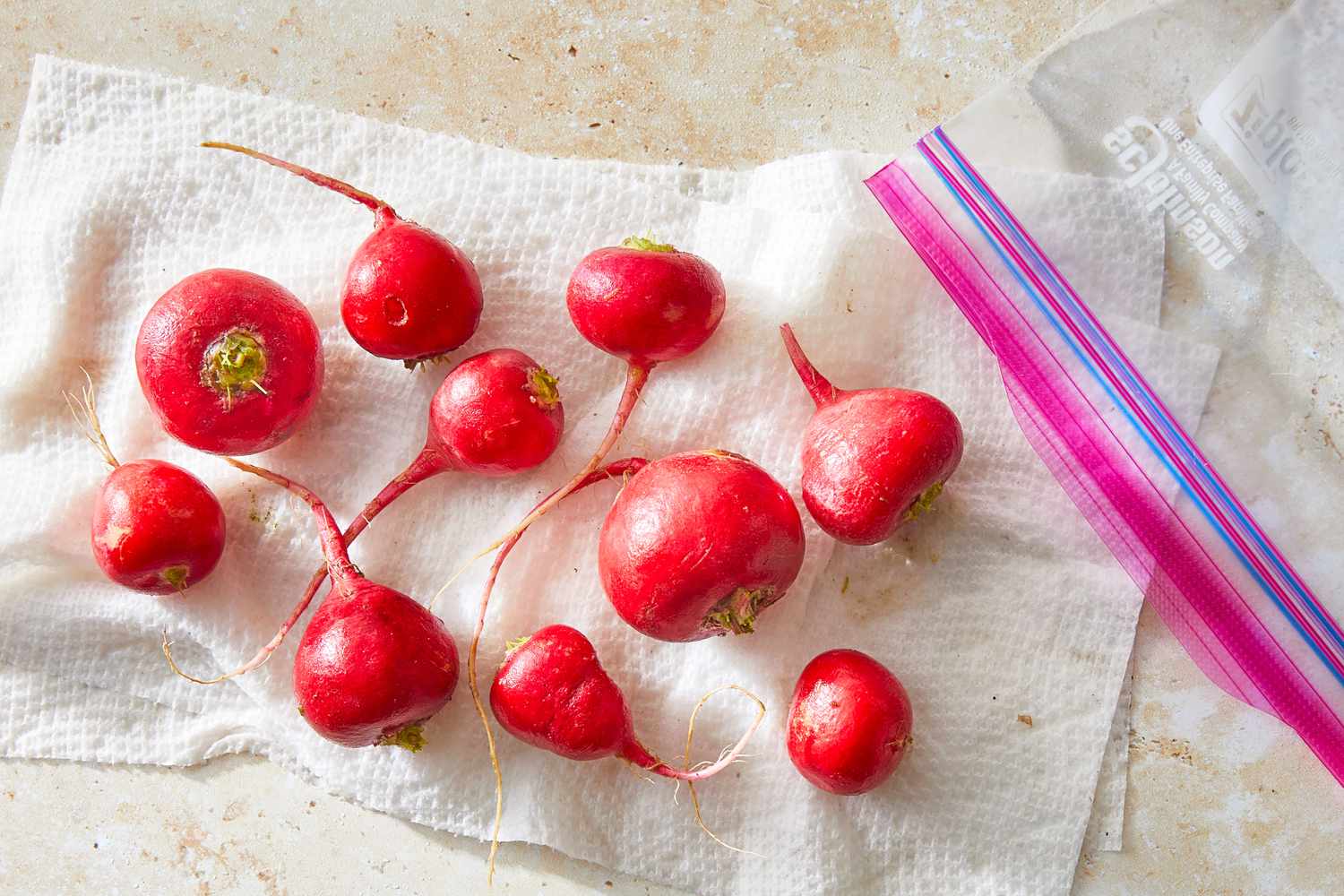

0 thoughts on “How To Get Rid Of Cockroaches Naturally: 5 Remedies To Keep Them Out”